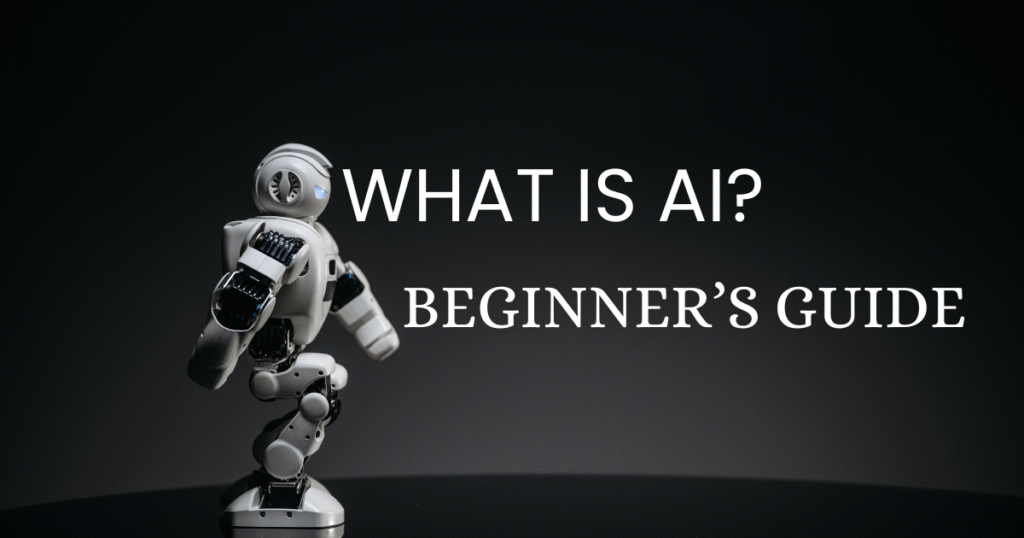
Artificial Intelligence (AI) has become a part of our daily lives, whether we realize it or not. From voice assistants to smart recommendations on streaming platforms, AI is everywhere. But what exactly is artificial intelligence, and how does it work? This beginner-friendly guide will help you understand the basics of AI and how it powers many of the tools and services we use today.
What Is Artificial Intelligence?
Artificial Intelligence refers to the ability of machines to simulate human intelligence. This includes tasks like learning, reasoning, problem-solving, understanding language, and even recognizing images. AI can be found in systems that play chess, recommend your next TV show, or detect fraud in banking.
There are two main types of AI:
- Narrow AI: Designed to perform specific tasks (e.g., image recognition, translation).
- General AI: A more advanced form, still theoretical, capable of performing any intellectual task a human can do.
How Does AI Work?
AI works by analyzing data, identifying patterns, and making decisions based on that data. It often relies on subsets of AI technologies such as:
- Machine Learning: AI learns from data to make predictions or decisions without being explicitly programmed.
- Natural Language Processing (NLP): Allows machines to understand and respond to human language.
- Computer Vision: Enables AI to interpret and process visual information from the world.
Everyday AI Examples
AI is already embedded in many of the applications you use daily:
- Voice Assistants: They understand your speech and respond with useful answers.
- Navigation Apps: Use real-time data to suggest the fastest routes.
- Spam Filters: Identify and block unwanted emails.
- Smart Home Devices: Learn your habits and automate actions like adjusting lights or temperature.
Why AI Matters
AI improves efficiency, automates repetitive tasks, enhances personalization, and drives innovation across industries such as healthcare, finance, education, and manufacturing. For instance, AI can help doctors detect diseases earlier or help factories optimize production.
Is AI Safe?
The use of AI comes with responsibilities. Ethical considerations include data privacy, fairness, and transparency. Organizations are working on AI safety standards to ensure responsible development and deployment.
The use of AI comes with responsibilities. Ethical considerations include data privacy, fairness, and transparency. Organizations are working on AI safety standards to ensure responsible development and deployment.
Getting Started with AI Tools
You don’t need to be a developer to benefit from AI. Many no-code tools are available for:
- Writing and editing text
- Generating art or images
- Creating voiceovers
- Automating workflows
Artificial Intelligence is shaping the future. Whether you’re a student, entrepreneur, or just curious, understanding AI gives you a competitive edge in the digital age.
Unlock AI’s full potential with our expert prompt strategies https://openaicircle.com
